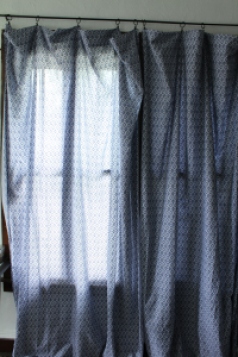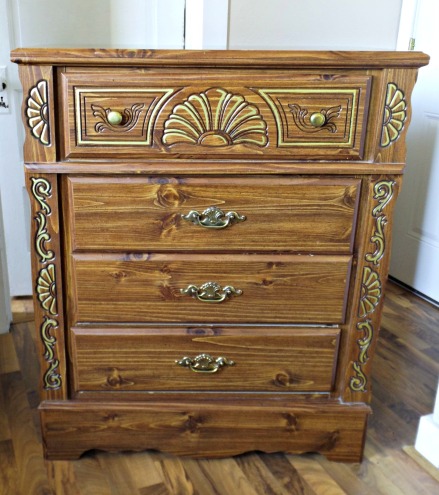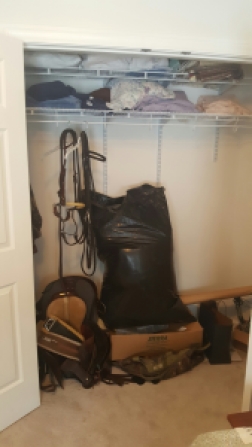One of the first things I noticed when I moved into this apartment, and something I have noticed in several other homes, is the sloppily painted hardware. This always bothers me because I think it shows a lack of pride by the painter. Not to mention the blatant disregard for quality craftsmanship that is becoming harder to find in today’s homes.
I figured the best case scenario would be to strip the paint and restore the hardware to its original finish. Worst case scenario would be stripping the paint and spray painting the hardware. What I got, for the most part, was better than best case scenario. I didn’t just get to restore some antique hardware. I got to restore some antique copper hardware.
Removing Hardware
The first step in restoring the hardware is to remove it. This is a little tricky when it’s caked in paint. In my case, the people who painted over the hardware didn’t differentiate between the hardware and the wall/door. The first step is to scrape the paint from the screws. You should only have to do it enough to fit the screw driver in and the rest will come with it when you unscrew it. I also took a knife and scored the paint around the outside of the hardware.



The first vent was a little harder to remove because it was difficult to tell how many screws there were and how the pieces came apart. I figured out that the vent had three different pieces. Not all vents will be the same, so I won’t go into the specifics of how mine was attached to the wall. However, my strategy was basically just trial and error. I unscrewed the one screw I could see, and scraped a little on the bottom part to see if there were any screws down there. Then, I scored the paint around the outside of the vent and tugged a little.
Another good suggestion I have is to be careful with the tools you are using to scrape and unscrew. It’s pretty easy to scratch the metal underneath.
Removing Paint
The first step I took to remove the paint was putting the hardware in boiling water. I placed the smaller pieces in a crockpot and turned it on low and let them soak for a while. For the vents, I got a large plastic tub and dumped a couple pots of boiling water over it. Remember the paint is easiest to peel and scrape when the water is still hot, so don’t let it sit for too long.


Boiling water worked really well for the hardware, but the vents needed extra help because of the details on the front of the vent. To get the stubborn spots I used Citristrip. When scraping the paint off the vents I pretty much stuck to using a plastic scraper so I didn’t scratch the metal. It would be easier to avoid scratches with a flat surface, but the vent had way too many curves and details.
Removing Tarnish
The last step is to remove the tarnish. I think one of the best ways to do this is by using Bar Keeper’s Friend. Just get the hardware slightly wet, sprinkle it on and scrub really well. Then rinse and repeat if necessary. Unless the hardware was really bad, Bar Keeper’s Friend got the tarnish off really easily. Then, I buffed any scratches out with a fine steel wool.






I am amazed by the fact that anyone would think to cover this beautiful hardware up. The vents were so caked with paint I couldn’t even see all the awesome details towards the bottom. They definitely didn’t turn out perfectly but the little bit of tarnish that’s left shows their age and will hopefully remind people of their quality.
What do you think? Would you have put in the hours to restore this painted hardware?
See You Around!
Lauren <3

If you liked this post or found it useful, don’t forget to share it! 🙂





















































